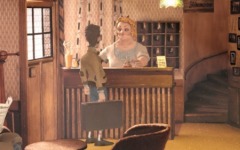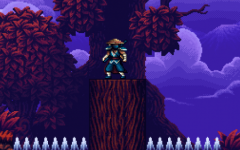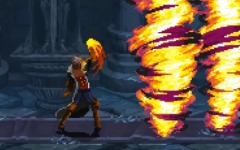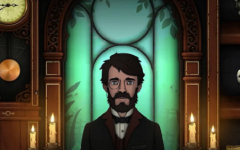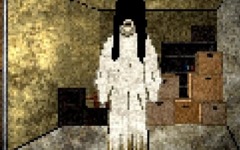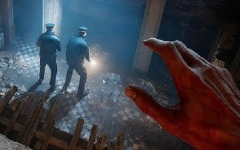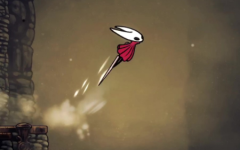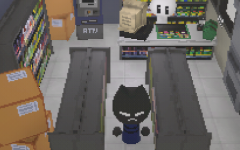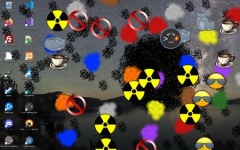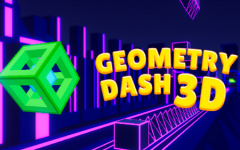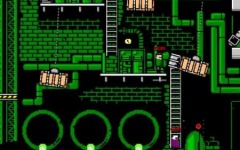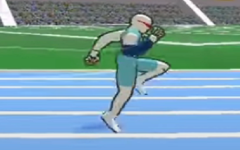Advertisement
Hungry Lamu 2
Advertisement
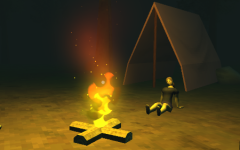
Hungry Lamu 2 continues the disturbing story of a once-innocent character lost in a world that no longer feels real. Unlike the first game, which used cheerful visuals as a mask for horror, the sequel drops players directly into a space filled with unease. The forest is darker now, both visually and emotionally, filled with abandoned objects, broken paths, and traces of something terrible left behind. The player is not given direction—instead, they are asked to observe, to wander, and to interpret. In this way, the game feels more like a descent than a journey, pulling both Lamu and the player into something they can’t fully explain.
Evolving Structure and World Design
One of the strongest elements of Hungry Lamu 2 is how it builds tension through its evolving environment. The game alternates between a top-down perspective and first-person exploration, using each style to deliver different layers of the story. In 2D, the world feels strange but manageable. There are familiar mechanics like picking up items, exploring areas, and solving light puzzles. But when the game shifts into 3D, everything slows down. The forest becomes a maze. The trees feel too close. And Lamu, the character you thought you were guiding, starts to behave as if something is watching him.
Exploration, Discovery, and Hidden Paths
Hungry Lamu 2 doesn’t tell you what to do—it lets you figure it out through trial, curiosity, and attention to detail. The forest is filled with objects that don’t immediately make sense: masks hanging from branches, discarded notebooks, strange growths spreading across the ground. Some are useful. Others are just there to deepen the mystery.
Players will encounter:
- Items that unlock new areas or trigger events
- Puzzles hidden in environmental patterns
- Audio clues that change depending on location
- Visual shifts that indicate altered states of mind
- Optional content that reveals fragments of a buried past
This type of design gives the player a sense of agency without ever fully removing the feeling of being trapped.
Symbolism and Psychological Atmosphere
While the surface story may be about a creature with a strange hunger, the emotional weight of Hungry Lamu 2 comes from its symbolism. The forest acts as a mental space where memories are distorted and reality bends. Lamu, who once seemed playful and strange, now feels like a character shaped by trauma. His silences, hesitations, and rare moments of expression suggest more than instinct—they hint at memory, fear, and guilt. The game avoids clear answers, but it leaves behind enough threads for the player to create their own meaning.


























































































































